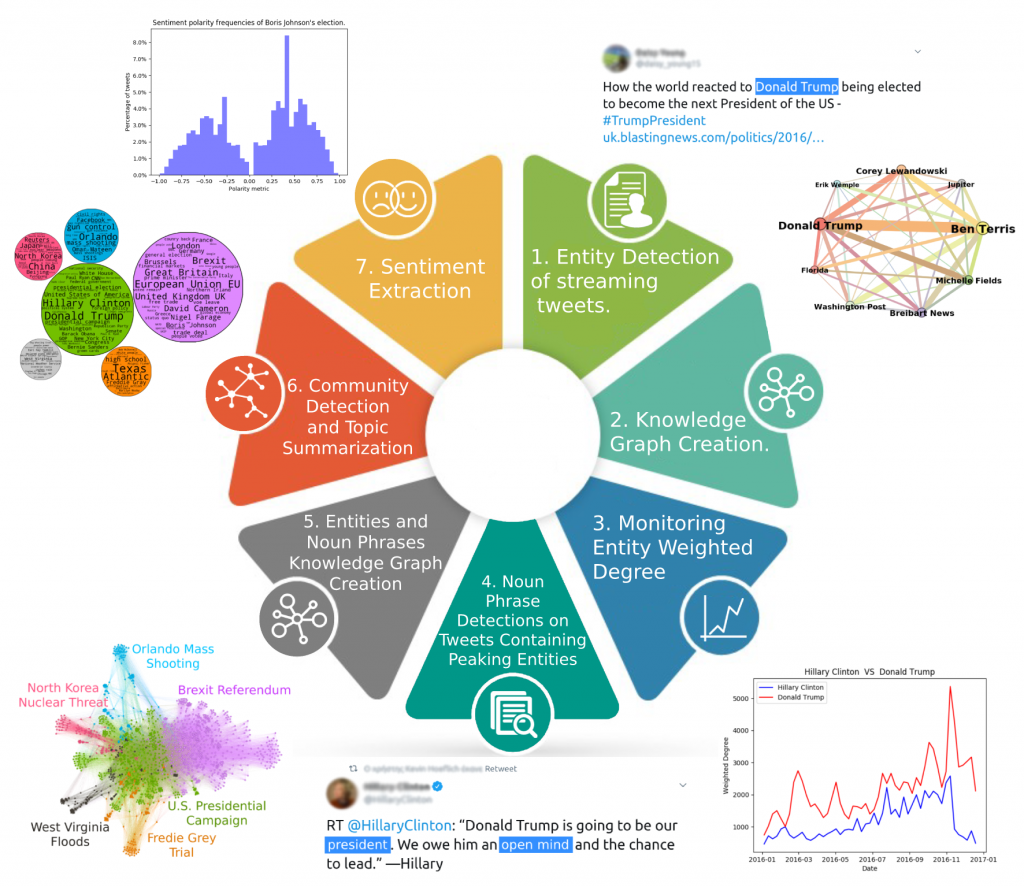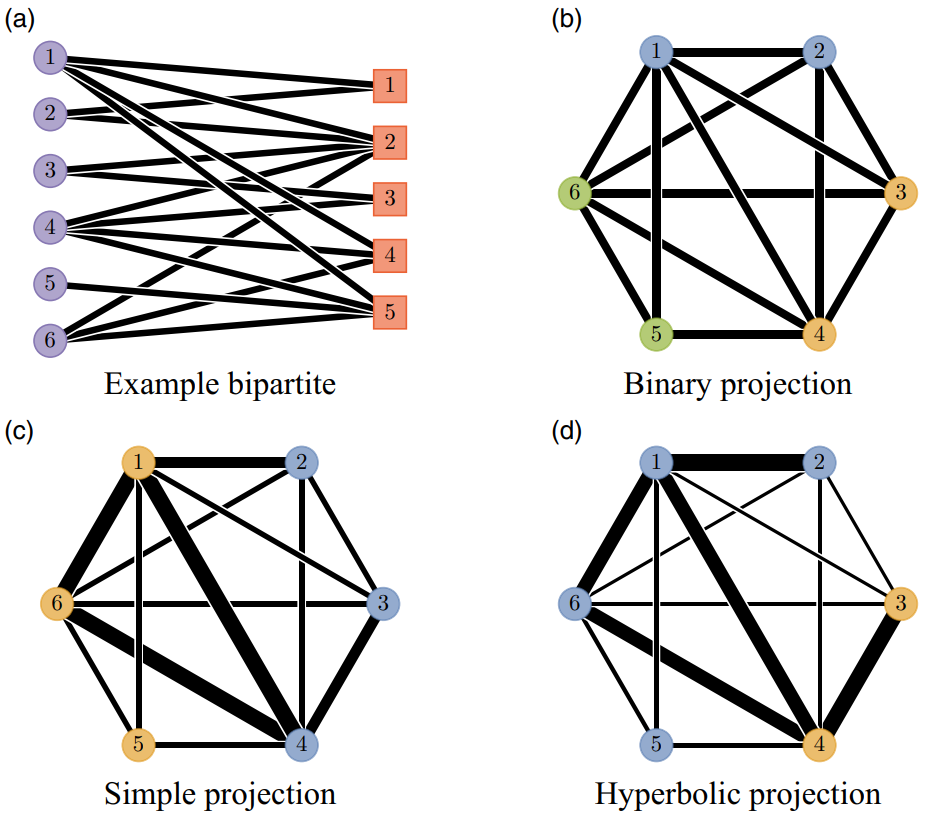Hywel was recently interviewed to explain how social media affects the spread of misinformation about climate change following the launch of Facebook’s Climate Science Information Centre. You can read his comments in Euronews Living.
Category: Uncategorized
New work on an Air Quality Monitoring system
Dr. Rudy Arthur has been working together with the Haywards Heath Town Council and Haywards Heath Green Party on an Air Quality Monitoring system. Thanks to an award from Exeter’s Strategic Priorities Fund we were able to construct an innovative solar powered, semi-permanent pollution monitoring installation that provides near real time updates on Air Quality. Read more on the Haywards Heath Green Party website.
New paper: Good and bad events: combining network-based event detection with sentiment analysis
Iraklis and Hywel have recently published a new paper Good and bad events: combining network-based event detection with sentiment analysis in Social Network Analysis and Mining.
The huge volume and velocity of media content published on the Web presents a substantial challenge to human analysts. In prior work, we developed a system (network event detection, NED) to assist analysts by detecting events within high-volume news streams in real time. NED can process a heterogeneous stream of news articles or social media user posts, combining text mining and network analysis to detect breaking news stories and generate an easy-to-understand event summary. In this paper, we expand the NED event detection and summarisation approach in two ways. First, we introduce a new approach to named entity disambiguation for tweets, which contain minimal information due to brevity. Second, we apply sentiment analysis techniques to documents associated with a detected event to characterise the event as either broadly ‘positive’ or ‘negative’ based on media portrayal. Our expansion focuses on Twitter streams since Twitter has become an important news dissemination platform and is often the site where emerging events are first seen. To test the extended methodology, we apply it here to three data sets related to political elections in the UK and the USA. The addition of sentiment analysis to the NED event detection methodology improves the insight gained by the user by allowing quick evaluation of the perceived impact of an event. This approach may have potential applications in domains where public sentiment is relevant to decision-making around events, such as financial markets and politics.
New Research and Innovation blog post: Data Science for Climate Resilience in East Africa
Rudy and Josh have been working with TIST, an international network of small groups of farmers who plant trees.
The University of Exeter’s IDSAI, and Global Systems Institute are working with TIST to quantify and understand TIST’s impacts at landscape scales and on multiple sustainable development goals. We held a meeting at Exeter with farmers involved in TIST to outline a project which could help TIST’s growth and efficacy. Using TIST’s observations, remote sensing and fieldwork we are assessing carbon capture, regreening, vegetation resilience, soil health and biodiversity impacts. Additionally, thanks to a grant from the Turing Institute, we have also been able to analyse TIST’s organisational data to study how factors like female participation and engagement with cluster meetings affect tree planting.

To find out more about their work, you can read the full post on the Research and Innovation blog.
New paper: Is it correct to project and detect? How weighting unipartite projections influences community detection
Tristan, Iain and Hywel have a new paper published in Network Science.
Bipartite networks represent pairwise relationships between nodes belonging to two distinct classes. While established methods exist for analyzing unipartite networks, those for bipartite network analysis are somewhat obscure and relatively less developed. Community detection in such instances is frequently approached by first projecting the network onto a unipartite network, a method where edges between node classes are encoded as edges within one class. Here we test seven different projection schemes by assessing the performance of community detection on both: (i) a real-world dataset from social media and (ii) an ensemble of artificial networks with prescribed community structure. A number of performance and accuracy issues become apparent from the experimental findings, especially in the case of long-tailed degree distributions. Of the methods tested, the “hyperbolic” projection scheme alleviates most of these difficulties and is thus the most robust scheme of those tested. We conclude that any interpretation of community detection algorithm performance on projected networks must be done with care as certain network configurations require strong community preference for the bipartite structure to be reflected in the unipartite communities. Our results have implications for the analysis of detected community structure in projected unipartite networks.



